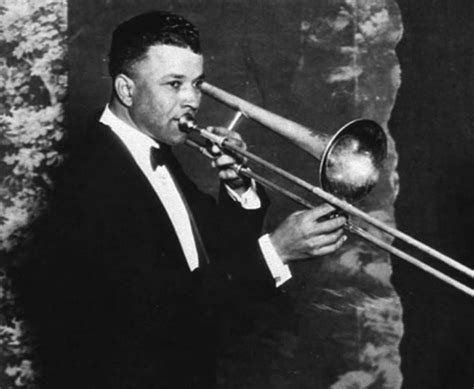Buddy Bolden (1877–1931)
Often referred to as the first major jazz musician, Charles "Buddy" Bolden was one of the earliest figures to develop a distinctively improvisational, blues-influenced style of music that laid the groundwork for what would later be called jazz. Known as "King Bolden," he led one of the most celebrated bands in New Orleans at the turn of the century. Bolden was famous for his brilliant tone and powerful cornet playing, which, according to legend, could be heard from as far as twelve miles away on a quiet night. Eyewitnesses described his ability to "improvise endlessly" and stretch the melody in unexpected ways, introducing a freer sense of rhythm and personal expression that departed from the more rigid, composed structures of ragtime. Bolden referred to his music as ragtime, but his version featured strong syncopation, slurred and bent notes, and a driving rhythmic feel that foreshadowed the sound of jazz.
Tragically, Bolden’s career was cut short. In 1907, at the age of 30, he was institutionalized with what was then diagnosed as dementia praecox (now understood as schizophrenia), exacerbated by alcoholism. He spent the remaining twenty-four years of his life at the Louisiana State Insane Asylum in Jackson, never performing again. Despite his brief career, Bolden’s legacy looms large. Though he never recorded commercially, oral histories claim that he may have made a handful of wax cylinder recordings around 1905, but none have ever been found. As a result, Bolden's music survives only in the memories of those who heard him and in the stylistic traces found in the next generation of jazz musicians who followed in his wake.
Kid Ory (1886–1973)
Edward "Kid" Ory was a versatile multi-instrumentalist who eventually made his mark as one of the most influential trombonists in early jazz. He organized his first band at the age of fifteen and quickly became a central figure in the New Orleans jazz scene. Ory was especially known for his "tailgate trombone" style. Ory used glissandi, or continuous slides between notes, to infuse his playing with emotional depth and rhythmic punch. This created a conversational interplay with the other instruments and enhanced the overall texture of ensemble performances. His robust tone and rhythmic drive anchored the harmonic framework of the band, often reinforcing the beat with rhythmic counterlines and punchy fills that added propulsion to the music.
In 1919, Ory led one of the first African American jazz groups to make commercial recordings, an important milestone in the documentation of early jazz. He later moved to Chicago, where he played a vital role in the city’s burgeoning jazz scene and collaborated with key figures such as Louis Armstrong. Ory contributed significantly to Armstrong’s legendary Hot Five and Hot Seven sessions, helping to define the New Orleans jazz sound for a wider audience. His composition “Muskrat Ramble” became a jazz standard, celebrated for its catchy melody and infectious energy. Through his expressive playing and pioneering techniques, Kid Ory helped establish the trombone as an essential and dynamic voice in jazz.
Sidney Bechet (1897–1959)
Sidney Bechet was one of the first great soloists in jazz history and a major influence on generations of clarinet and soprano saxophone players. Born into a Creole of color family in New Orleans, Bechet was classically trained and brought his orchestral background into the jazz world. He was known for his mastery of double time playing, the ability to perform a slow melody at twice the speed without changing the underlying harmonic structure. Bechet used techniques such as scoops, smears, and ornamental flourishes to build dramatic tension and emphasize important melodic notes. His attention to tone color and timbre added emotional depth and technical sophistication to his performances.
Bechet also played a key role in the international spread of jazz. He made his first trip to Europe in 1919 as part of Will Marion Cook’s Southern Syncopated Orchestra, and his playing made a strong impression in London, where he was praised by classical musicians and critics alike for his virtuosity and unique sound. His most lasting impact, however, came in France. After several visits during the 1920s and 1930s, Bechet settled permanently in Paris after World War II. In postwar France, he became a national celebrity recording prolifically, performing to sold-out crowds, and even starring in films. French audiences embraced jazz as both an exotic and sophisticated art form.
Bechet’s popularity in France helped elevate jazz’s status in Europe, where it was increasingly viewed as a serious artistic genre rather than just entertainment. Bechet’s success abroad also reflects how African American musicians often found greater respect, opportunity, and freedom in Europe than they did in the racially segregated United States.


